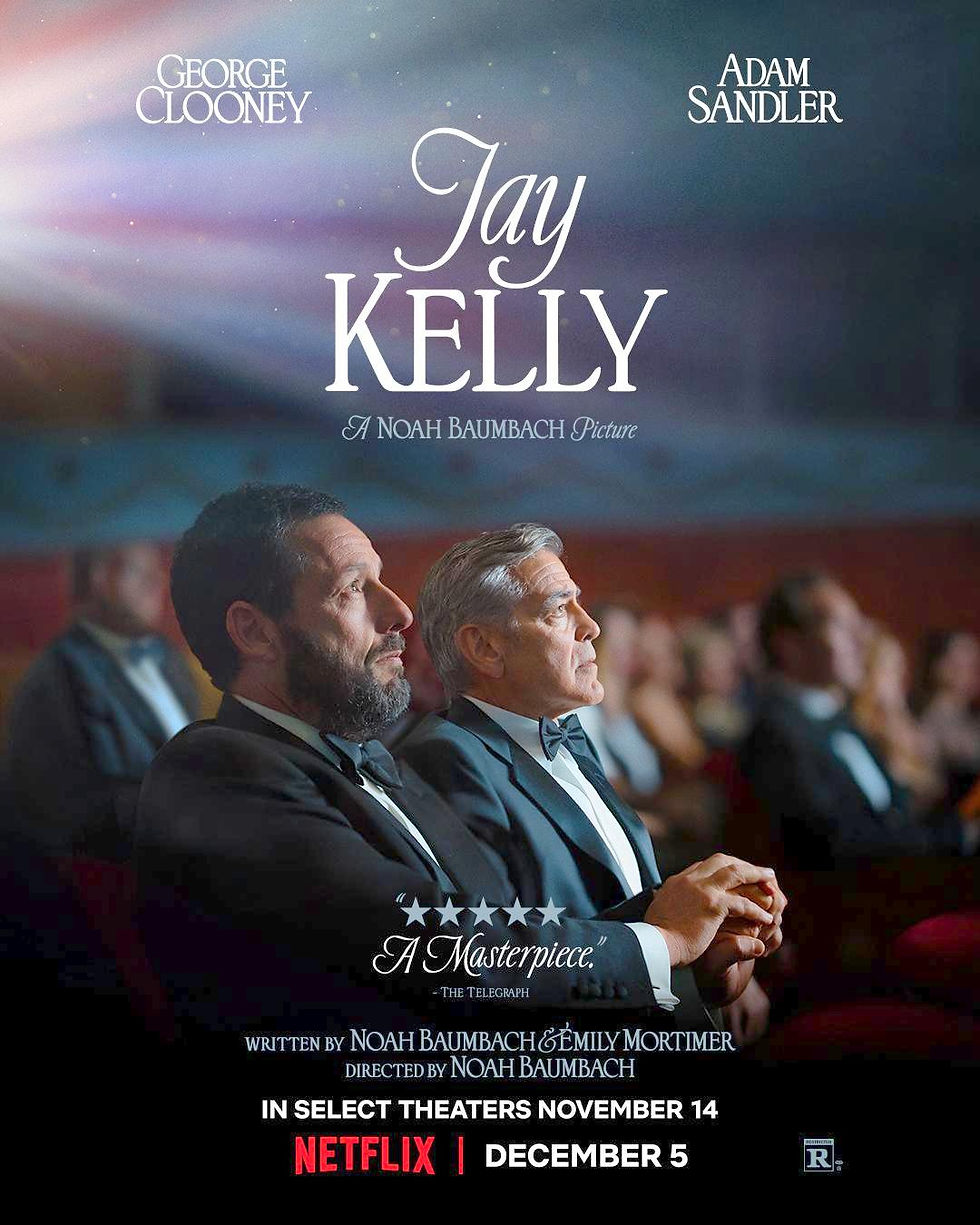Joker ★★★1/2
- 2filmcritics

- Nov 1, 2019
- 3 min read
Updated: Nov 2, 2019
Empathy for a Killer
At the center of “Joker” is an exquisite portrait of Arthur Fleck; Joaquin Phoenix, in virtually every scene, delivers a superb performance mixing boyish naiveté with simmering rage. In this latest iteration of the Batman franchise, Arthur is destined, inadvertently and without volition (until the role is fashioned for him), to become the Joker, or simply Joker, as he wants to be called.
On the cusp of middle age, Arthur lives with his sickly, bedridden mother (Frances Conroy) in a seedy apartment in Gotham City. He works as a clown and suffers from mental illness, for which he takes (and then doesn’t take) 7 medications. Because, as we later learn, he was adopted, it’s impossible to know if Arthur’s illness is genetic. What is clear is that he’s a victim of adult bullying; of a condition that makes him laugh uncontrollably and inappropriately; of child abuse, from which his psychotic mother was unwilling or unable to protect him; of public humiliation, delivered by, among others, talk show host Murray Franklin (Robert De Niro); of delusions of grandeur (he believes he’s headed for a career as a stand-up comic); and of a dysfunctional, impersonal, and underfunded public health system.
Arthur is not without people who care about him, including an attractive young single-mother neighbor who becomes his girlfriend; some co-workers, among them a dwarf, Gary (Leigh Gill), who knows what it is to be humiliated; and his empathetic aged mother, whom he feeds and bathes. Even the cops investigating him are not brutal or mean. Moreover, he now and then experiences extended moments of euphoria, during which his normally bony and awkward body becomes graceful, even balletic; in his descent of a long Bronx stairway, Phoenix is magnificent as Arthur, invoking Gene Kelly in “Singin' in the Rain.”
Yet Arthur says he is “invisible,” that no one sees him or listens to him and, despite the good moments, he insists—and believes—that he has never in his life had a day when he was “happy.”
One reason the film has not been widely acclaimed is that Arthur Fleck is not “the Joker” we’ve come to love to hate, not the evil-to-the-core villain that requires Batman’s intervention. There are no super-heroes, super-villains, or super-powers here. What are viewers to think of a character that commits horrendous acts of vengeance but does so out of profound, multi-faceted victimhood?
The other reason for the film’s lack of acceptance has to do with its curious political valence. More than once, even after he takes on the role of Joker, Arthur insists that he is not a political person, and there is little in his actions to contradict this. Each of his spurts of violence, horrific as they are, is a deeply personal—rather than generalized and political—response to real or perceived abuses to his body and psyche. In the case of a crucial incident on the subway, Arthur fails to respond until he is cruelly taunted and viciously beaten.
Despite Arthur’s focus on himself and how he is treated, “Joker” moves deftly from the personal to the political, as if the two were inseparable. The subway incident is understood by a wide swath of the city’s residents to have been triggered by issues of social class (and class is, in fact, involved, though not for Arthur). The film broadens its interest in class conflict by harkening back to New York City of the 1970s, with depictions of the homeless, frequent mention of the city’s garbage and rat problem, repeated call-outs on the lack of civility (“Is it me, or is it getting worse out there?” Arthur asks his therapist). Thomas Wayne (Brett Cullin as the father of Bruce, who is a boy in the film) personifies class inequality as an enormously wealthy, privileged and arrogant man running for mayor who cares not at all about ordinary people (he refers to those who aren’t rich like him as “clowns,” a term not too different from Hillary’s “deplorables”). The film then suggests that such conditions and perspectives have dystopian consequences: riots in the streets, overturned and burning police cars, general chaos. The Joker-mask-wearing rioters evoke Carnival, when everyone’s inhibitions are let loose; anti-authoritarian protesters wearing Guy Fawkes masks; and the all-too-real protests occurring around the world, most of them germinating from similar populist dissent.
The problem for “Joker” is that while Arthur’s condition and trajectory are credible and depicted in great detail—we understand why he does what he does, even as we might condemn it—the turn to revolution is only superficially documented and explained. Gotham’s violence exists primarily because “Joker,” as a prequel, needs a reason to bring Batman on the scene. And today—in the context of a President who stokes the fires of class discontent and revels in division and upheaval--that’s not good enough.
Date: 2019
Director: Todd Phillips
Starring: Joaquin Phoenix, Robert De Niro, Zazie Beetz, Frances Conroy, Brett Cullin, Leigh Gill, Bill Camp, Glenn Fleshler
Runtime: 122 minutes




OSCARS GOT THIS ONE RIGHT! Thx for highlighting the realities of mental illness. Joaquin deserved honors& more.
This film made me feel very sad. Sad for the number of mentally ill, lonely, unforgotten folks out there. Unfortunately, mentally ill folks still fight the stigma of being violent as Arthur is in this film. Nevertheless, if Joaquim doesn't get an OSCAR for this film, there is no justice!